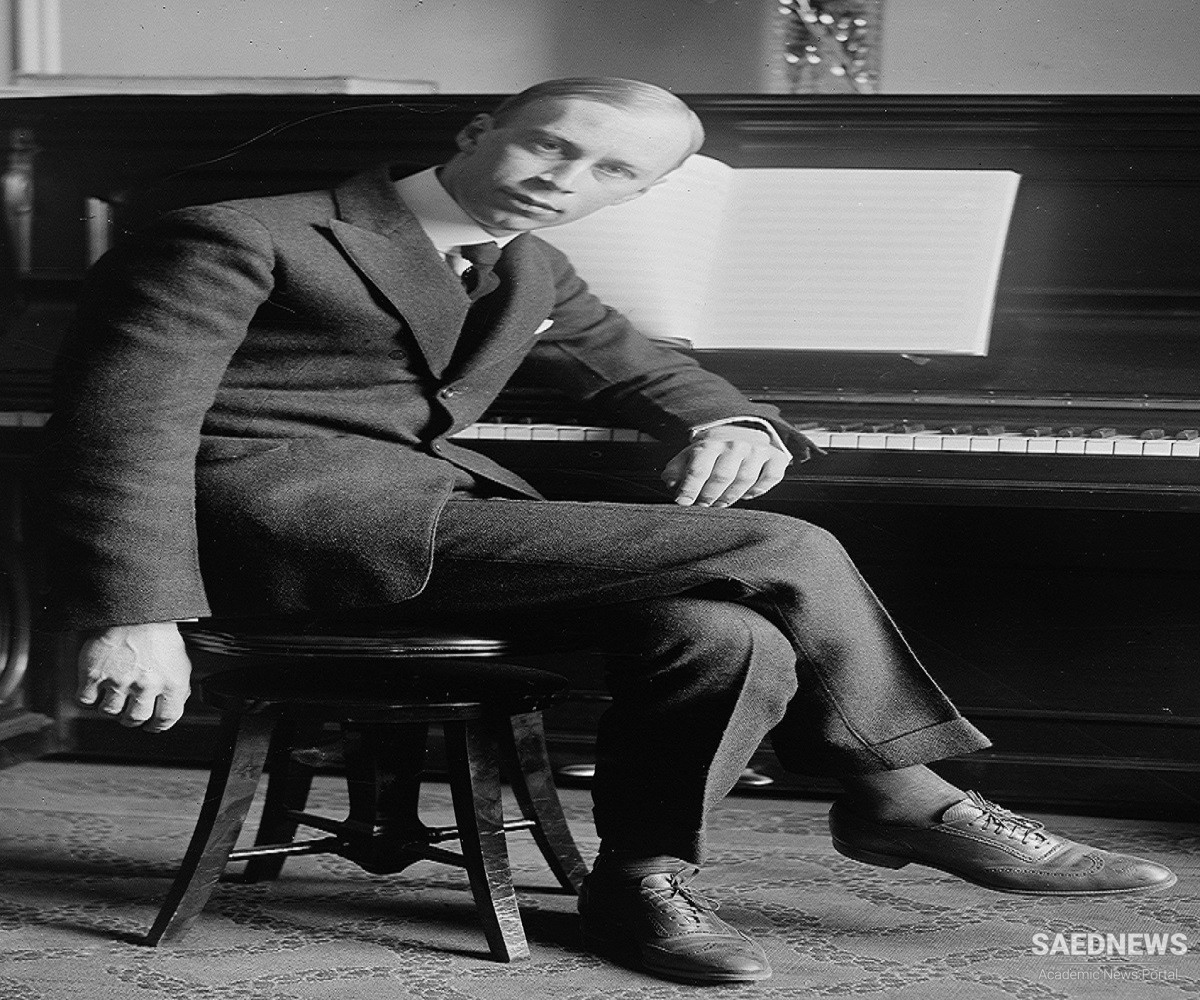From 1933 to 1935 the composer became a leading figure of Soviet culture. In the two decades constituting the Soviet period of Prokofiev’s work—1933 to 1953—the realistic and epic traits of his art became more clearly defined. The synthesis of traditional tonal and melodic means with the stylistic innovations of 20th-century music was more fully realized. In the years preceding World War II, Prokofiev created a number of classical masterpieces, including his Violin Concerto No. 2 in G Minor (1935) and the ballet Romeo and Juliet (1935–36). His work in theatre and the cinema gave rise to a number of programmatic suites, such as the Lieutenant Kije suite (1934), the Egyptian Nights suite (1934), and the symphonic children’s tale Peter and the Wolf (1936). Turning to opera, he cast in the form of a contemporary drama of folk life his Semyon Kotko, depicting events of the civil war in the Ukraine (1939). The basis of the opéra bouffe Betrothal in a Monastery (composed in 1940, produced in 1946) was the play The Duenna, by the 18th-century British dramatist Richard Brinsley Sheridan. Testing his powers in other genres, he composed the monumental Cantata for the 20th Anniversary of the October Revolution (1937), on texts by Karl Marx, V.I. Lenin, and Joseph Stalin, and the cantata The Toast (1939), composed for Stalin’s 60th birthday.
On his last trip abroad, in 1938, Prokofiev visited Hollywood, where he studied the technical problems of the sound film; he applied what he learned to the music for Sergey Eisenstein’s film Alexander Nevsky, depicting the 13th-century heroic Russian struggle against the Teutonic Knights. The cantata Alexander Nevsky was based on the music of the film. On the eve of World War II, he left his wife and sons for poet Mira Mendelssohn, who became his second (common-law) wife. Regardless of the difficulties of the war years, he composed with remarkable assiduity, even when the evacuation of Moscow in 1941 prevented him from returning to the city until 1944. From the first days of the war, his attention was centred on a very large-scale operatic project: an opera based on Leo Tolstoy’s novel War and Peace. He was fascinated by the parallels between 1812, when Russia crushed Napoleon’s invasion, and the then-current situation. Those who heard the work were struck both by its immensity of scale (13 scenes, more than 60 characters) and by its unique blend of epic narrative with lyrical scenes depicting the personal destinies of the major characters. His increasing predilection for nationalepical imagery is manifested in the heroic majesty of the Symphony No. 5 in B-flat Major (1944) and in the music (composed 1942–45) for Eisenstein’s two-part film Ivan the Terrible (Part I, 1944; Part II, 1948). Living in the Caucasus, in Central Asia, and in the Urals, the composer was everywhere interested in folklore, an interest that was reflected in the String Quartet No. 2 in F Major (1941), and in the projected comic opera Khan Buzai (never completed), on themes of Kazakh folktales.
Overwork was fatal to the composer’s health, as was the stress he suffered in 1948, when he was censured by the Central Committee of the Soviet Communist Party for “formalism.” During the last years of his life, Prokofiev seldom left his villa in a suburb of Moscow. His propensity for innovation, however, is still evident in such works as the Symphony No. 6 in E-flat Minor (1945–47), which is laden with reminiscence of the tragedies of the war just past; the Sinfonia Concerto for Cello and Orchestra in E Minor (1950–52), composed with consultation from the conductor and cellist Mstislav Rostropovich; and the Violin Sonata in F Minor (1938–46), dedicated to the violinist David Oistrakh, which is laden with Russian folk imagery. Just as in earlier years, the composer devoted the greatest part of his energy to musical theatre, as in the opera The Story of a Real Man (1947–48), the ballet The Stone Flower (1948–50), and the oratorio On Guard for Peace (1950). The lyrical Symphony No. 7 in C-sharp Minor (1951–52) was the composer’s swan song.
In 1953 Prokofiev died suddenly of cerebral hemorrhage. On his worktable there remained a pile of unfinished compositions. The subsequent years saw a rapid growth of his popularity in the Soviet Union and abroad. In 1957 he was posthumously awarded the Soviet Union’s highest honour, the Lenin Prize, for his Symphony No. 7.


 Periods of Islamic History
Periods of Islamic History














































